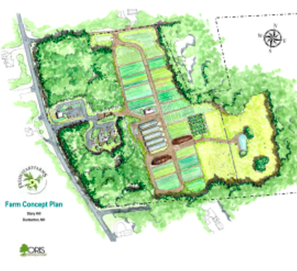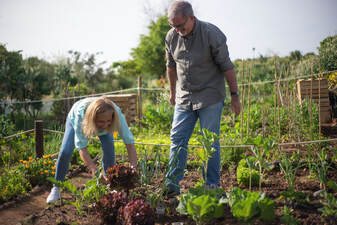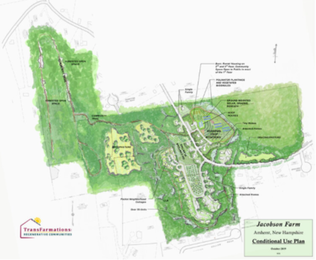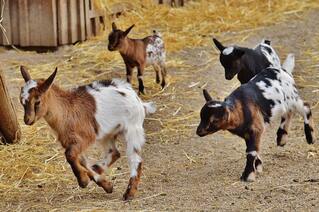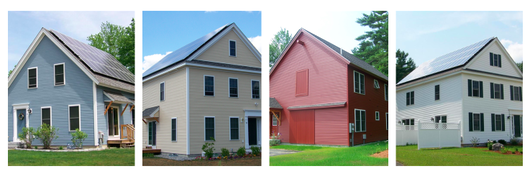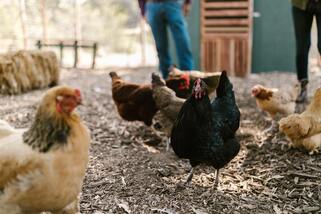Building Sustainably into the Future
Building a sustainable home requires the process to be environmentally responsible and resource efficient from beginning to end. With sustainability in mind, Energy Vision Homes design, plan, and construct environmentally friendly homes.
Jacobson Farm Agrihood
Amherst, New Hampshire
Jacobson Farm is a 120 acre regenerative agrihood: a community that heals the earth.
|
Energy Features
Optional Features:
|
Farming Features
|

